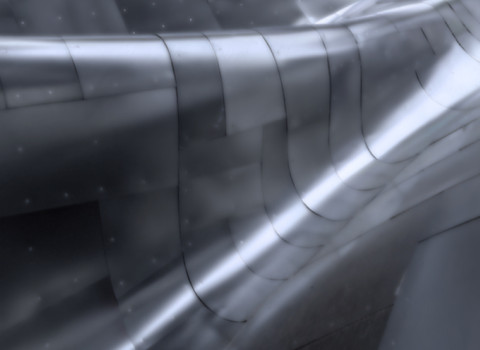Titel presentatie
3D printed aluminium: corrosion mechanism and anodising behaviour
Toelichting presentatie
Selective Laser Melting (SLM) based additive manufacturing is a technique that allows the production of complex and multifunctional parts by adding pre-alloyed powder layer by layer. The special process conditions promote the formation of unique microstructures and phase distributions. These microstructures can have a considerable influence on the corrosion behavior and the mechanisms of surface treatments to improve corrosion resistance, such as anodizing. In this work, additive manufactured AlSi10Mg specimens were studied: the influence of their finely distributed microstructures and heat treatments on the corrosion and anodizing behavior are presented.
Taal
Engels
Spreker
prof.dr.ir. Iris De Graeve
Professor - Vrije Universiteit Brussel
Iris De Graeve is full-time professor at Vrije Universiteit Brussel, group of Electrochemical and Surface Engineering SURF, and part-time at Ghent University. She is teaching chemistry, materials science, electrochemistry, biometals and metal surface processing. Her research focusses on metal surface engineering for the creation of functional properties. Her other activities include being Chairman of the international research group ISEC (VUB - TU-Delft), Chairman of the Strategic Alliance research group MASS (VUB – UGent), Scientific adviser for materials at VLAIO and FWO. She is member of the organizing committees of the International Symposia Aluminium Surface Science & Technology (all Ed), Self-Healing Materials 2013, and Engineering Education for Sustainable Development 2016-18.
.jpg)
Quote/statement
The surface of a metal determines many of its functional properties and is equally important as the bulk metal properties if the metal must perform in a durable way in an application. Surface engineering aims at creating durable surfaces that protect against corrosion and/or gives additional (multi)functional properties (appearance, adherence, hardness, self-healing, hydrophobicity etc.).
